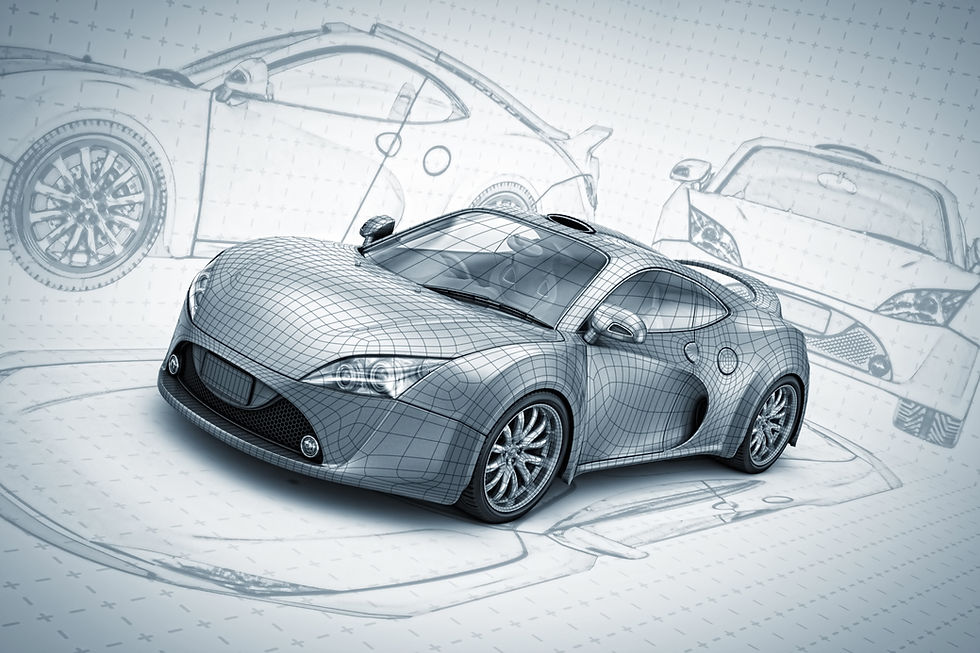The Future of Self Driving Cars
- Phil Kohr
- Feb 12
- 4 min read
"I'd love driving more if I didn't have to drive." - Phil's Mom

Hey, Phil here. We're on cars today. To be specific, autonomous self driving cars. So let’s cut through the hype. Self-driving cars aren’t just sci-fi anymore—they’re creeping into our lives, whether we’re ready or not. They already exist in many parts of the world, from the US to China. And no, we're not getting into any of those politics here. I am simply stating that in the world today, those are two of the biggest places you will see FSD (Full Self-Driving) cars in action, to varying degrees of success.
You’ve probably seen those Waymo taxis in Phoenix or Cruise cars in San Francisco, right? They’re real, and they’re already giving rides without a human behind the wheel . But here’s the thing: the road to everyone owning a robot car is way bumpier than Tesla’s failing stock chart. Let’s break it down.
The Current State of Affairs
Right now, most “self-driving” cars are stuck in Level 2 or 3 autonomy. Translation: they can handle highways or traffic jams but still need you to stay alert. Tesla’s Full Self-Driving (FSD) mode? It’s like a nervous teen driver—gets the job done but swerves weirdly sometimes . Meanwhile, companies like Waymo and Cruise are rolling out fully driverless taxis (Level 4) in select cities. These things are *wild*. Imagine ordering an Uber and a Prius with no steering wheel shows up. That’s happening in places like San Francisco and Austin, and China’s already testing robotaxis in 20+ cities .
But here’s the catch: these cars are geo-fenced. They only work in mapped areas with perfect weather. Snowstorm? Forget it. Unmarked dirt road? Nope. Even Tesla’s FSD still struggles with random stuff like plastic bags blowing across the road .
Why Your Uber Driver Might Be a Robot Sooner Than You Think (Yay, no tipping!)
Let’s talk ride-hailing. Companies like Waymo and Cruise aren’t just building cars—they’re gunning for Uber’s lunch money. Why? Because replacing human drivers cuts costs big time. Think about it: no salaries, no benefits, no awkward small talk. Waymo’s already charging fares in Phoenix, and China’s Baidu has thousands upon thousands of robotaxis on the road .
Uber and traditional taxi companies will be a natural target for FSD. Having a fleet of FSD cars with no drivers would reduce costs to companies, and could theoretically provide a much cheaper service. Newsflash though, it won't be cheaper. That's just capitalism for you. They'll lower their costs, and they'll charge you more for their benefit. Maybe wait until you can just buy an FSD for yourself.
But here’s the kicker: these services are limited to cities with primo infrastructure. If you’re in rural Georgia? You’re stuck with Larry’s Taxi Service for a while. Still, experts say robotaxis could dominate urban areas by 2030, especially as regulators finally get their act together .
The Hurdles: Laws, Liability, and “What If My Car Gets Hacked?"
Self-driving cars don’t just need better AI—they need governments to stop arguing. Right now, the U.S. has a patchwork of state laws. California’s cool with robotaxis; Alabama? Not so much. And nobody can agree on who’s liable if a self-driving car crashes. Is it the software developer? The carmaker? The guy who didn’t update his maps?
And I'm only talking about the US here. Every country will have their own laws and legislation on how FSD cars will be handled in future.
Then there’s the trust issue. A 2025 Deloitte study found over half of Americans are still sketched out by self-driving cars . Can you blame ’em? We’ve all seen those TikTok videos of Teslas phantom-braking for no reason. Tesla is one brand of car that I will never trust to FSD me. Their track record is abysmal and I believe their approach to FSD is flawed.
The Big Picture
The implications of FSD are significant to how society will function in future. In China, the state of FSD technology is well ahead of that in the US. Don't clutch your pearls, it's just fact. The most convincing technology I have witnessed was the Avatar in China. It isn't limited to just knowing directions or driving on a motorway. It monitors in real time what the traffic conditions are around it, using multiple system types and can avoid traffic collisions, seamlessly merge, alter speed dynamically, and much more. I was amazed while watching it how reassuring it was to see it get little things right.
Something that would make me feel safer in an FSD car is for the entire system to be able to work off the grid, in case the network goes down. And to not be limited to pre-mapped locations. The technology already exists and one day soon it will be in your city.
How do you feel about self driving cars? Would you be willing to sit inside one?
---
*Sources: MotorWatt, McKinsey, Forbes, Deloitte, and way too many hours watching AV test videos on YouTube.*
Commenti